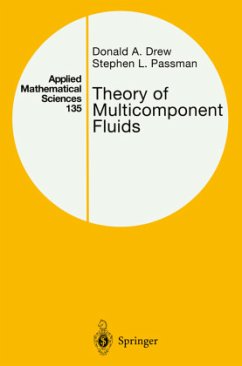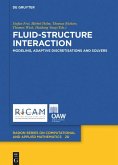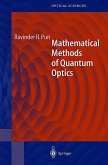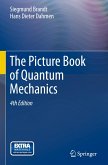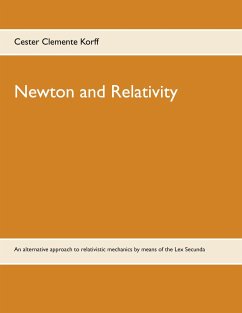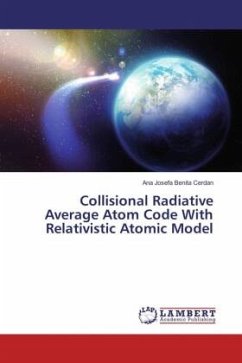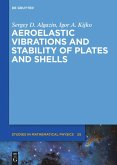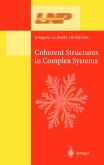This book is an exposition of the derivation and use of equations of motion for two-phase flow, which include bubbly liquids and particle -fluid mixtures. The approach taken derives the equations of motion using ensemble averaging, and compares them with those derived from control volume methods. Closure for dispersed flows is discussed, and some fundamental solutions are given. The work focuses on the fundamental aspects of two-phase flow, and is intended to give the reader a background for understanding the dynamics as well as a system of equations that can be used in predictions of the behavior of dispersed two-phase flows. The exposition in terms of ensemble averaging is new, and combining it with modern continuum mechanics concepts makes this book unique. The book is intended for engineering, mathematics and physics researchers and advanced graduate students working in the field.
In this book, we give a rational treatment of multicomponent materials as intera- ingcontinua.Weoffertwoderivationsoftheequationsofmotionfortheinteracting continua; one which uses the concepts of continua for the components, and one which applies an averaging operation to the continuum equations for each c- ponent. Arguments are given for constitutive equations appropriate for dispersed multicomponent ?ow. The forms of the constitutive equations are derived from the principles of continuum mechanics applied to the components and their int- actions. The solutions of problems of hydromechanics of ordinary continua are used as motivation for the forms of certain constitutive equations in multicom- nent materials. The balance of the book is devoted to the study of problems of hydrodynamics of multicomponent ?ows. Many materials are homogeneous in the sense that each part of the material has the same response to a given set of stimuli as all of the other parts. An example of such a material is pure water. Formulation of equations describing the behavior of homogeneous materials is well understood, and is described in numerous standard textbooks. Many other materials, both manufactured and occurring in nature, are not - mogeneous. Such materials are often given names such as mixtures or composites.
Hinweis: Dieser Artikel kann nur an eine deutsche Lieferadresse ausgeliefert werden.
In this book, we give a rational treatment of multicomponent materials as intera- ingcontinua.Weoffertwoderivationsoftheequationsofmotionfortheinteracting continua; one which uses the concepts of continua for the components, and one which applies an averaging operation to the continuum equations for each c- ponent. Arguments are given for constitutive equations appropriate for dispersed multicomponent ?ow. The forms of the constitutive equations are derived from the principles of continuum mechanics applied to the components and their int- actions. The solutions of problems of hydromechanics of ordinary continua are used as motivation for the forms of certain constitutive equations in multicom- nent materials. The balance of the book is devoted to the study of problems of hydrodynamics of multicomponent ?ows. Many materials are homogeneous in the sense that each part of the material has the same response to a given set of stimuli as all of the other parts. An example of such a material is pure water. Formulation of equations describing the behavior of homogeneous materials is well understood, and is described in numerous standard textbooks. Many other materials, both manufactured and occurring in nature, are not - mogeneous. Such materials are often given names such as mixtures or composites.
Hinweis: Dieser Artikel kann nur an eine deutsche Lieferadresse ausgeliefert werden.

